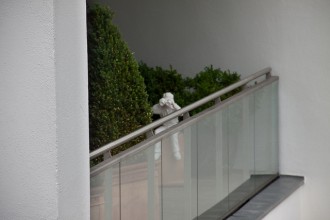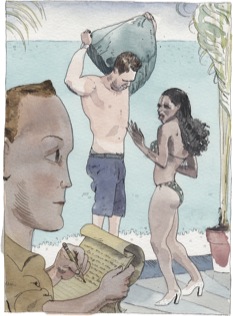
Spring break brings time for reflection. Last week during my days at home in Minnesota (where it still does not feel like spring), I spent a little time reflecting on what we’ve learned about sociology in doing The Society Pages. And in that process, I came across this line, which can be found in the “About Us” that runs in the banner on our home page: “we’re talking about society with society.”
I haven’t always been enamored with this phrase. In the past, it has read to me as a bit trite, and probably kind of functionalist. Truth be told, I’ve tried to edit it out of existence several times. But somehow—largely, I think, due to the insistence of our masterful associate editor and coordinating producer Letta Page*—it has hung around, and recently, it has begun to grow on me. Part of its emerging appeal is that I have had folks use it to introduce me and TSP at several public events recently. Clearly it works, it has appeal. It means something. Why is that? What is that?
Besides the catchy turn of phrase, I think the reason it resonates is because it stands in contrast to the usual “detached ivory tower intellectual.” It signals a vision of sociology and scholarly activity that is embedded and engaged in the worlds and with the people that it studies—or, even better, engaged and involved in the communities of which it is part and parcel.
One of the readings that has been a staple of the senior capstone sociology course I teach regularly has been a piece from Minnesota public affairs scholar Harry Boyte. The basic gist is that social scientists should not think of themselves as legislators (who come from on-high, bearing truth to the people), but as interpreters, whose job it is to produce information and ideas that can enrich public discussion and policy. Even better, they should be part of those processes of deliberation and public policy formation. In other words, social studies scholars should understand ourselves as part of the public, working with everyone else to refine our understandings of the worlds we all share and live in together.
This more involved, reflective orientation isn’t just about producing a more accessible and useful sociology for society (which we talk about a lot here at TSP), but actually—in its engagement with real people in the social world—a better sociological understanding of society itself. In short, it’s about creating a better sociology.
*I knew he’d come around. –Ed.


